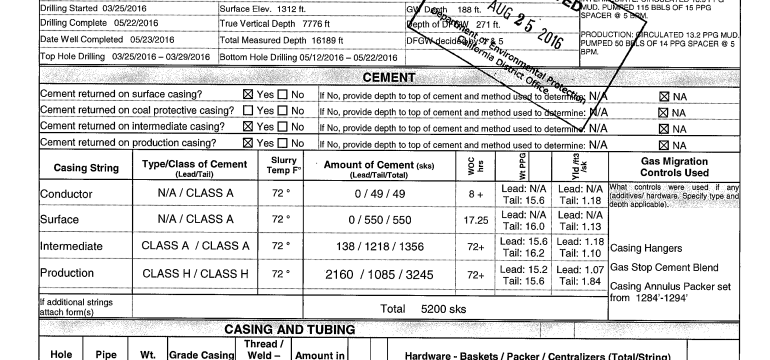Authors: Zhiwei Ma, Javier E. Santo, Greg Lackey, Hari Viswanathan, Daniel O’Malley
Published on: May 08, 2024
Impact Score: 8.2
Arxiv code: Arxiv:2405.05438
Summary
- What is new: The use of large language models (LLMs) to extract information from historical documents of orphaned wells.
- Why this is important: Locating and plugging orphaned wells is essential for reducing environmental risks, but existing historical records are unstructured and outdated.
- What the research proposes: A computational approach leveraging LLMs, specifically Llama 2 models, to extract well location and depth from historical documents.
- Results: Achieved 100% accuracy in extracting information from clean, PDF-based reports, but accuracy drops to 70% with unstructured image-based records.
Technical Details
Technological frameworks used: Llama 2 models
Models used: Large language models (LLMs)
Data used: Dataset of 160 well documents
Potential Impact
Environmental risk management services, oil and gas industry, data digitization companies
Want to implement this idea in a business?
We have generated a startup concept here: EcoTrace.



Leave a Reply